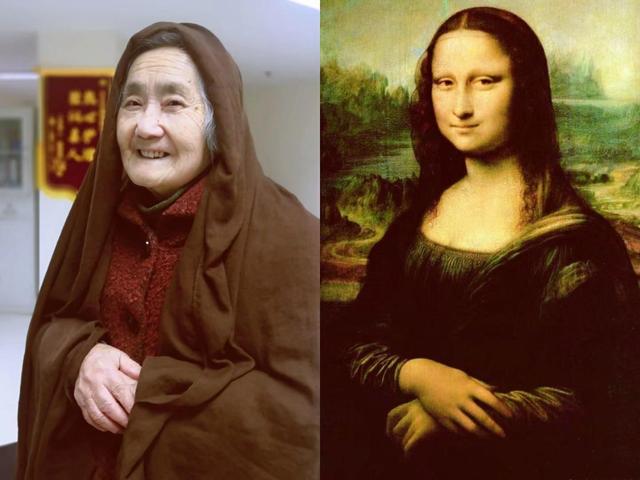In March, 10 Milu deer from Dafeng of Jiangsu and 10 from Beijing underwent blood exchange. After a period of adaptation, they recently gave birth to a healthy deer cub respectively in their new home.
The blood exchange between species can enrich genetic diversity while increasing distant relationships and reducing the risk of certain diseases, which is beneficial for the healthy reproduction of the population.

In the Dafeng Milu Deer National Nature Reserve in Jiangsu, a newborn deer is leisurely strolling under the guidance of its mother deer.
This little deer was born on April 14th and its mother is from the Milu Deer Garden in Nanhaizi of Beijing.
“The milu deer that arrived in Beijing from Dafeng gave birth to a cub at noon yesterday. The birth of the milu deer in both places has provided us with a series of scientific research and enriched materials and related data for future research,” said Xu Anhong, Director of Resource Management and Protection Department of Dafeng Milu Deer National Nature Reserve in Jiangsu.

The population of Beijing Milu deer, which is also called the Pere David's deer, can be traced back to 20 young deer who returned from the UK in August 1986. They were raised in Nanhaizi, where deer were once raised in the Qing Dynasty, and a research center and a deer park were established here.
The Dafeng Milu Deer National Nature Reserve in Jiangsu has conducted regular bloodline exchange with the Beijing Milu Deer Ecological Experimental Center by signing an exchange agreement.

“This bloodline exchange will enrich the genetic diversity of the milu deer populations in the future, which will be beneficial for the healthy development of the milu deer,” Xu Anhong, Director of Resource Management and Protection Department of Dafeng Milu Deer National Nature Reserve in Jiangsu.





